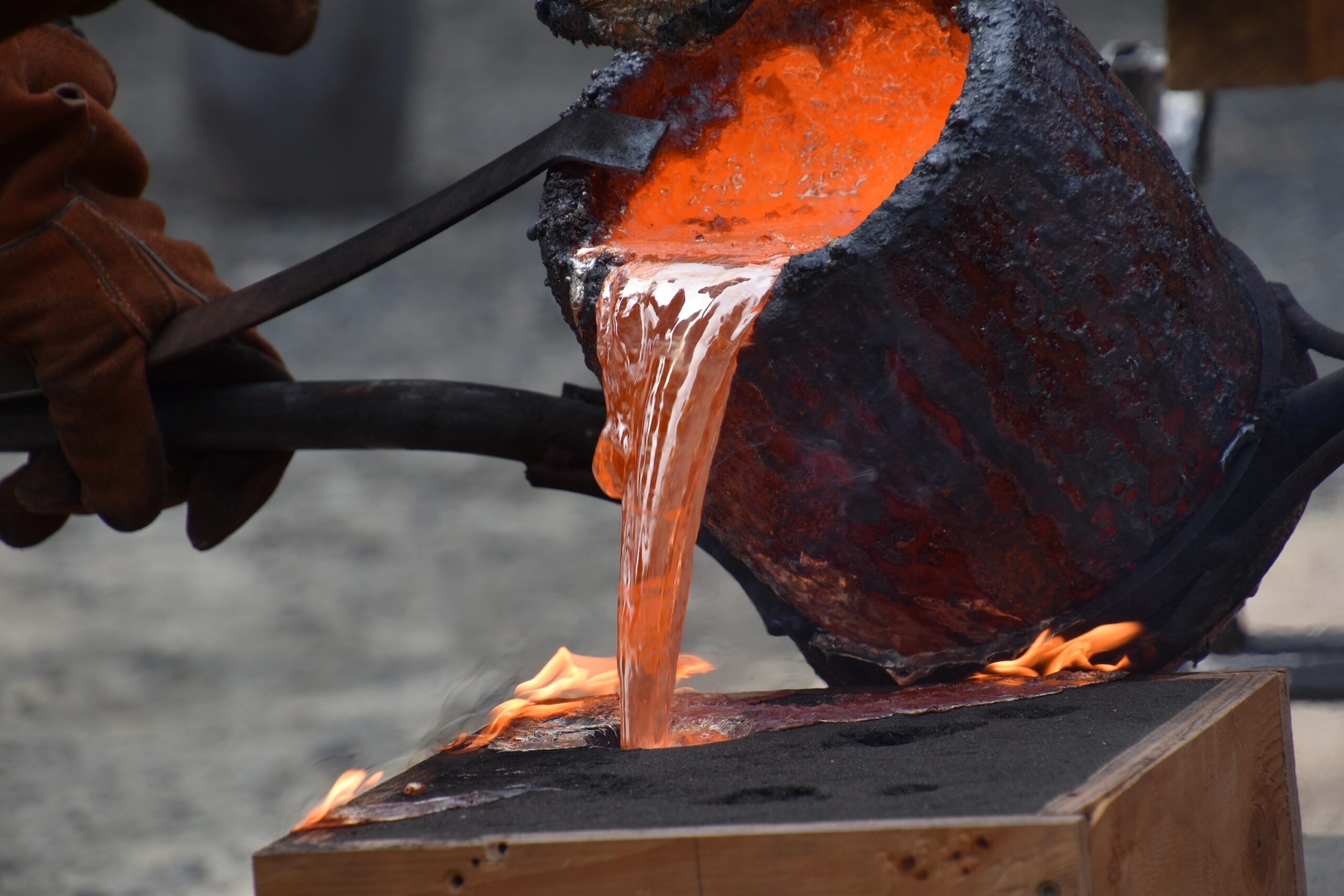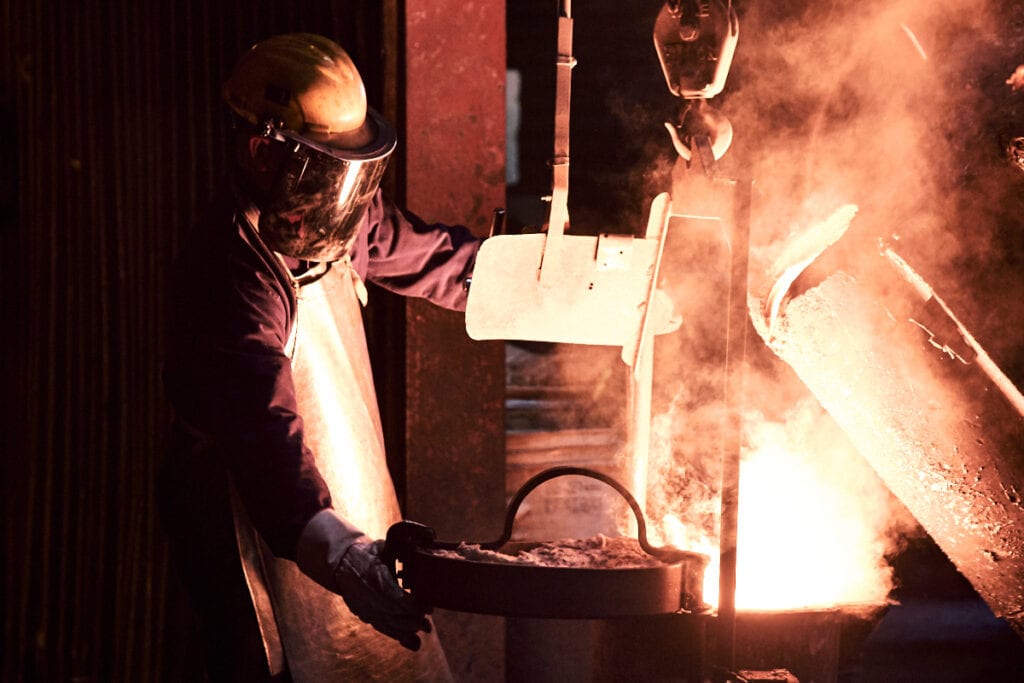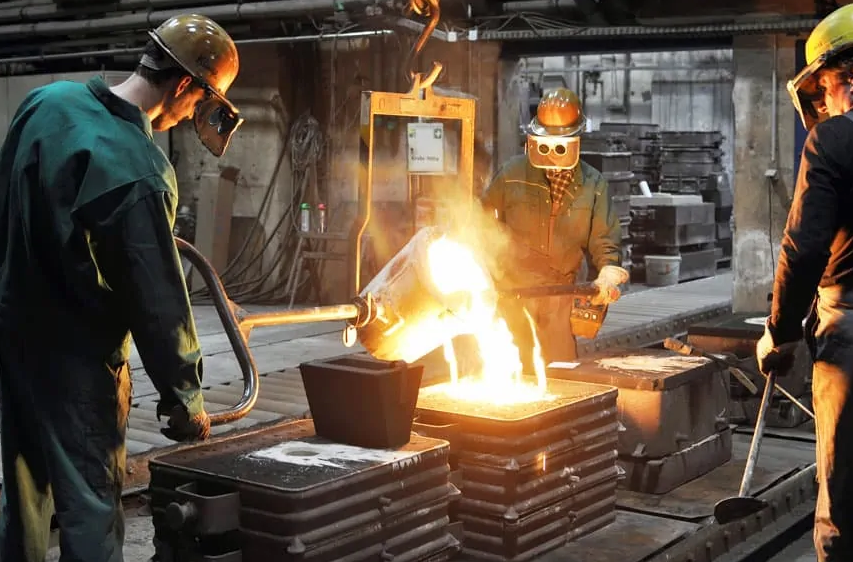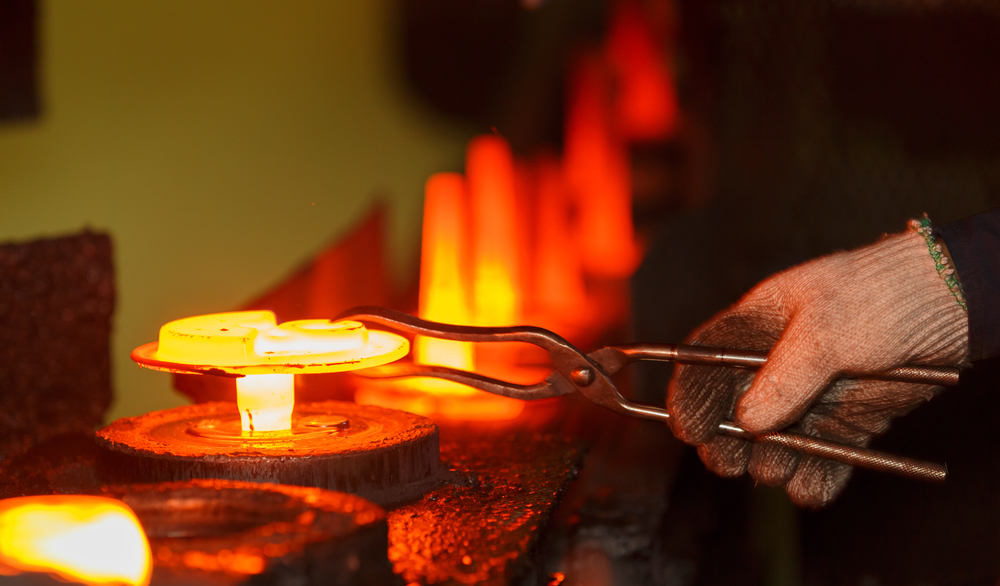Metal And Steel Casting Tips & Tricks for Beginners in 2024

Unprecedented times like global pandemic have made us all turn to our roots, DIY projects, and things we like or we have always wanted to try. Whether you’ve turned to pottery, sculpturing, baking, it’s always exciting to learn something new. Those are times for which everyone should be thankful because old school crafting is back to business.
Today, the main star of this article is definitely metal and steel casting – what is it, how to try and do it yourself, but still remain safe. This procedure, also known as foundry, is a process where material, in this case, the one of liquid nature, is poured into a mold containing a hollow cavity shaped by an individual’s preference. In this case, metal needs to be heated in order to be shaped at all
It’s worth mentioning that this is a very convenient process for the production of machine parts whose form is usually pretty complicated with inner contours and irregular channels. It comes in handy when making a ship or a car, for blocks, heads, and clips of the motor, or any other kind of simplified constructions.
1. Safety first

It’s pretty obvious that this is a dangerous ‘sport’, which is why you need to make sure that your life or body isn’t endangered. After all, you’re dealing with hot metals and very high temperatures. The first thing to avoid is moisture. If the liquid touches concrete, for example, the water will create steam which will make a small explosion that’ll shoot metal and concrete into the air. Liquid has to be poured over dry sand, always – make sure this is the first rule you learn.
If you plan on putting anything into the pot or crucible of molten metal, the object needs to be dry. If done otherwise, it might lead to an explosion as well. Everything has to be preheated since if it isn’t super hot to the point where you’re not able to touch it, it may cause a disaster. If not hot, it qualifies as wet, and we want to avoid that, and any other type of moisture, as previously mentioned.
2. Preparation
Make sure your tools are ready for usage, and that your work surrounding is well-prepared. Everything needs to be dry and clean, and you also have to perform the whole procedure in a spacious area. You don’t want to risk anything, but you certainly want to have enough room for production and craft-making at the same time.
3. Match heat test

Useful tip shared by other foundrymen and casting enthusiasts: in order to check the heat, take a match which was used. You may ask why a match? Well, by stirring the liquid, the wood should become brownish. If you see smoke, that’s a sign the temperature is pretty high. And, well, matches are quite cheap and pretty simple to find!
4. Which metals should you use?
Everyone has a preference, and it usually depends on what you’re making, but commonly used metals are zinc, copper, tin, aluminum and silver. One of the most popular and, let’s say, basic metals used while casting is stainless steel, since it’s known for its ability to resist corrosion and it’s pretty tough. For all those who are struggling to find good steel, dawangcasting.com steel investment casting has come up with numerous tips and tricks which could be quite useful. The site itself is beginner-friendly, with great slides and pictures that everyone can understand.
5. Equipment

When it comes to safety equipment, you would need more than goggles and a face shield – a jacket is a must, as well as good gloves and leather boots. You need these to avoid spillage getting on your skin, as the consequences could be disastrous.
Let’s go a bit in-depth when it comes to tools:
-
Furnace
The star of the show of your tool ‘’kit’’ is definitely the furnace. The best one to build would be a waste oil furnace, as ones that are running on propane and natural gas have a hard time with iron melting. Oils that can be used are many – vegetable, motor, diesel oil, and so on. The design is using gravity feed for burning it and there’s no nozzle on the burner, which means that you can rest assured the burner won’t get clogged.
May we add it’s also pretty fast when it comes to melting? It’s crucial to inform yourself on what suits your needs best, and with that in mind, to do some research of which types of furnaces there are.
-
Hand tools
Here you won’t need to spend tons of money, as you’ll be able to make hand tools yourself. What you need is a pouring shank that holds the crucible during the pouring process, crucible tongs, skimmer, ingot mold, steel stirring rod, chill bar, tongs, and a crucible itself. It’s recommendable to avoid making the crucible and actually invest in one, which is a more professional option.
-
Molding tools
Here we have sand and lost wax casting. You would need oil bonded sand, as it’s simpler to use, but for sculptures and similar pieces, it’s advisable to use microcrystalline wax – your hands will feel it well, it’s easy to twist, pull and bend and there won’t be cracking. The price is a little too expensive, but it’s so worth it.
The investment molds are usually made from water, pottery plaster, and coarse sand: there’s an entire process of molding, melting, burning it off, and wax vaporizing.
6. Steps
The first one would be mold making. If you plan on doing this by yourself, you can use materials such as sand or clay to be your casting grains. When zinc molding, you can feel free to use the silicone one. Once you’ve done with the mold design, you might need to burn it, but that would depend on the material. Why should you do that, you may ask? Well, that process will harden it and prepare for the liquid.
Next up is melting, so you could obviously pour the prepared metal in your creation, and make sure you’re careful yet quick during this step, as liquid solidifies rapidly – you would be surprised how quickly you’d be able to take it out. Lastly, as a final touch, you would have to file and polish the cast.
***
Every beginning is tough, especially for casting enthusiasts, as it’s a serious craft making. However, don’t get discouraged – if you are interested enough to try this at home, why not? It might take some investment if you’d like to make a business out of it and create another form of income, but if that doesn’t work out, you’ll still have an amazing hobby you can always turn back to.




